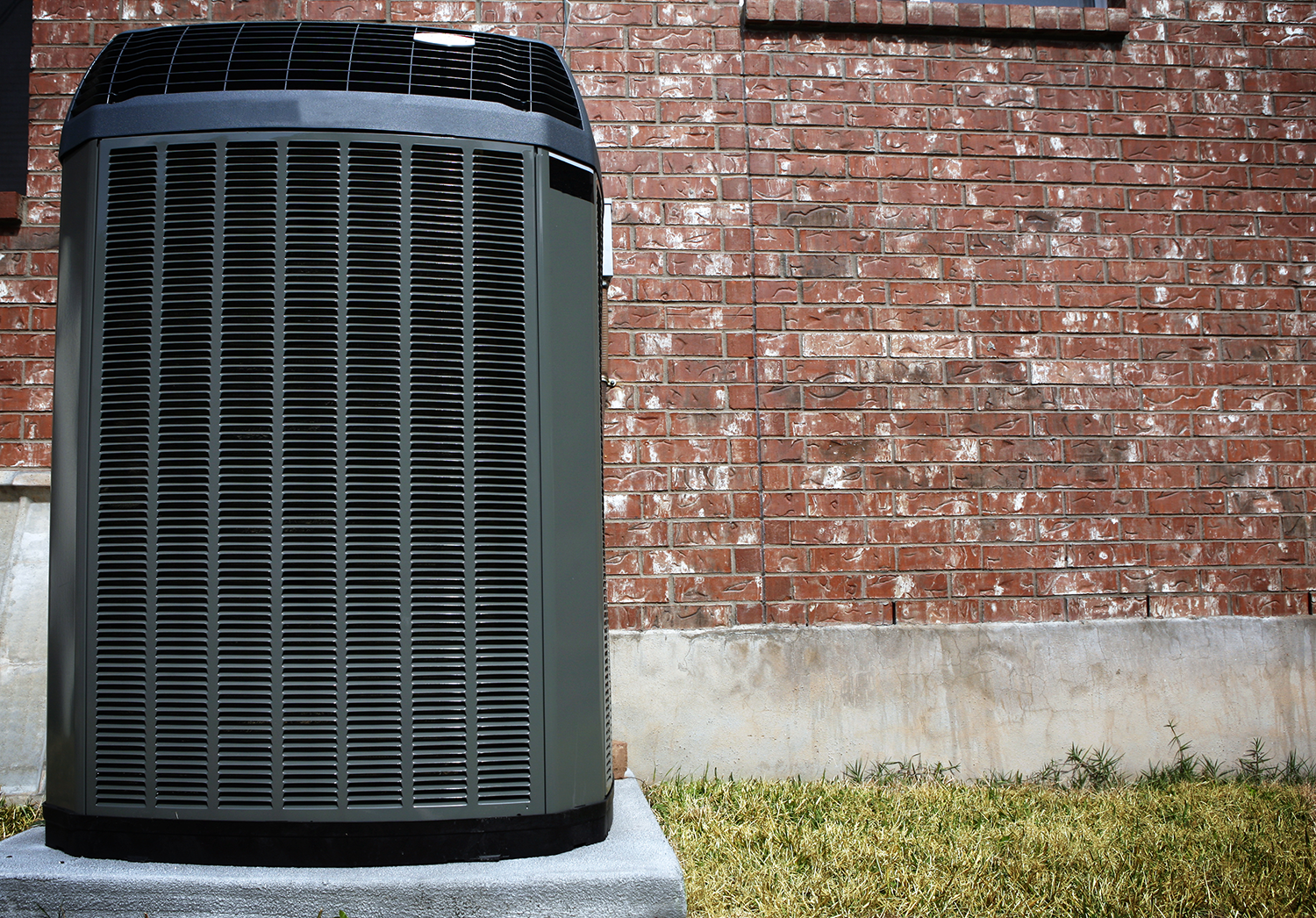By Megan Jones, Contributor
In every restaurant, the kitchen probably is the most chaotic, messy and busy place. Thus, proper hygiene and cleaning are very much important to ensure the quality of food being served and also the safety of your staff.
Managing Air Quality in Restaurants
When it comes to managing air quality, restaurant owners face unique challenges. You have doors constantly opening and closing. Meanwhile, the exhaust hoods over cooking equipment constantly extract smoke and grease-laden vapor which creates negative air pressure. Furthermore, kitchens get incredibly hot from the equipment while the dining area needs some heat, especially during winter.
Achieving a balance between the two major parts of a restaurant is a concern among many restaurateurs.
Fortunately, the following best practices can help you maintain a balance and achieve a fresher, cleaner air quality in your kitchen and dining rooms.
Keep Your Kitchen AC Well-Maintained
Air conditioning systems are crucial to all commercial kitchens. The size of your AC depends on your kitchen square footage, cookline size, and, of course, the number of your cooks and other staff. Basically, you want to create a comfortable work environment for your staff. Not only that. a cool environment is necessary for keeping food fresh for longer.
Take note that AC requirements may vary depending on your venue’s climate and season. At the same time, ACs must also adjust to the daily rhythms of your restaurant. You want your AC to be in full force during peak hours and low or turned off during lulls. Installing automated thermostats in your commercial kitchen can be a big help, maintaining the right temperature at the right time.
Insulate Ductwork
All restaurants have high humidity levels because of the outdoor air ventilation, guests & staff breathing, and the steam generated from cooking. Excess humidity can cause some problems. To counter this, insulated ductwork can help ease the excess humidity.
It’s important, however, that ducts and vents be visibly unobtrusive, and the air current should be undetectable. You don’t want your guests to feel heavy jets of wind or stagnant air. Strategically placing plenty of vents will definitely help evenly distribute air in your dining area.
Install Dehumidifiers & Air Scrubbers
You want clean air circulating in your kitchen all the time and dehumidifiers and air scrubbers can help.
First, dehumidifiers help reduce odors that often accompany mold and mildew. Second, less humidity helps prevent food spoilage. Third, it reduces dust that can cause asthma and allergy among your staff and guests. Humidifiers also increase the function of your air-cooling systems by removing moisture that causes ACs to wear out easily.
Air scrubbers, on the other hand, are a filtration system that removes contaminants and recirculates clean air in an enclosed area. There are different techniques of scrubbing such as wet scrubbing, dry scrubbing, HEPA Filters, etc. Basically, a fan or blower will draw in the air, letting it pass through the filters. In return, fresher and cleaner air is released. Apart from sucking out smoke odors, air scrubbers also help eliminate dust and mold in your restaurant’s kitchen.
Invest in a Commercial-Grade Kitchen Air Purifier
Various kinds of odor and smoke from daily cooking in your restaurant can be a serious concern. They could settle on counters, plates, and even food. Bacteria circulating in the air is another problem. Commercial-grade air purifiers help neutralize odors and kill bacteria. Depending on the size of your kitchen, look for the air purifier that will give you full coverage.
Sanitize - Don’t Just Clean
Kitchen equipment and surfaces need more than washing; they need sanitizing to protect against contamination and keep germs and bacteria at bay. There are two common ways to sanitize: through the application of heat and the use of a chemical agent.
If you’re going with chemical sanitizing products, make sure that your kitchen is fully ventilated so that the chemical odor doesn’t contaminate the food, harm your staff, or circulate into your dining room.
A big part of your success as a restaurant owner is to make sure that you provide your guests and staff a pleasant experience all the time. Keeping your facility clean is the best way to do that – including managing your restaurant’s air quality. Commercial kitchens have higher requirements when it comes to indoor air management because of the vast amount of heat produced, along with odors and vapors.
Fortunately, there are tools and best practices that make this easy for you. From ACs to vents and ductwork, dehumidifiers, air scrubbers, and air purifiers, you can protect your kitchen staff from ill-causing air contaminants and ensure the quality of your food products.
About the Author:
Megan Jones is an author who mostly writes about camping, interior and exterior maintenance, healthy living, and related topics. Having a huge experience in renovating and remodeling, Megan has gained some valuable knowledge, which she is now actively promoting.
















